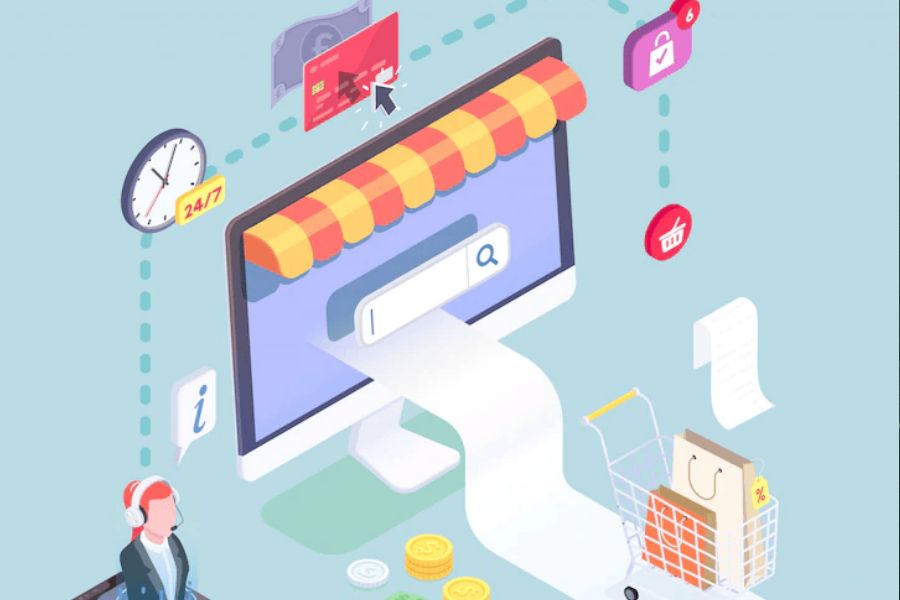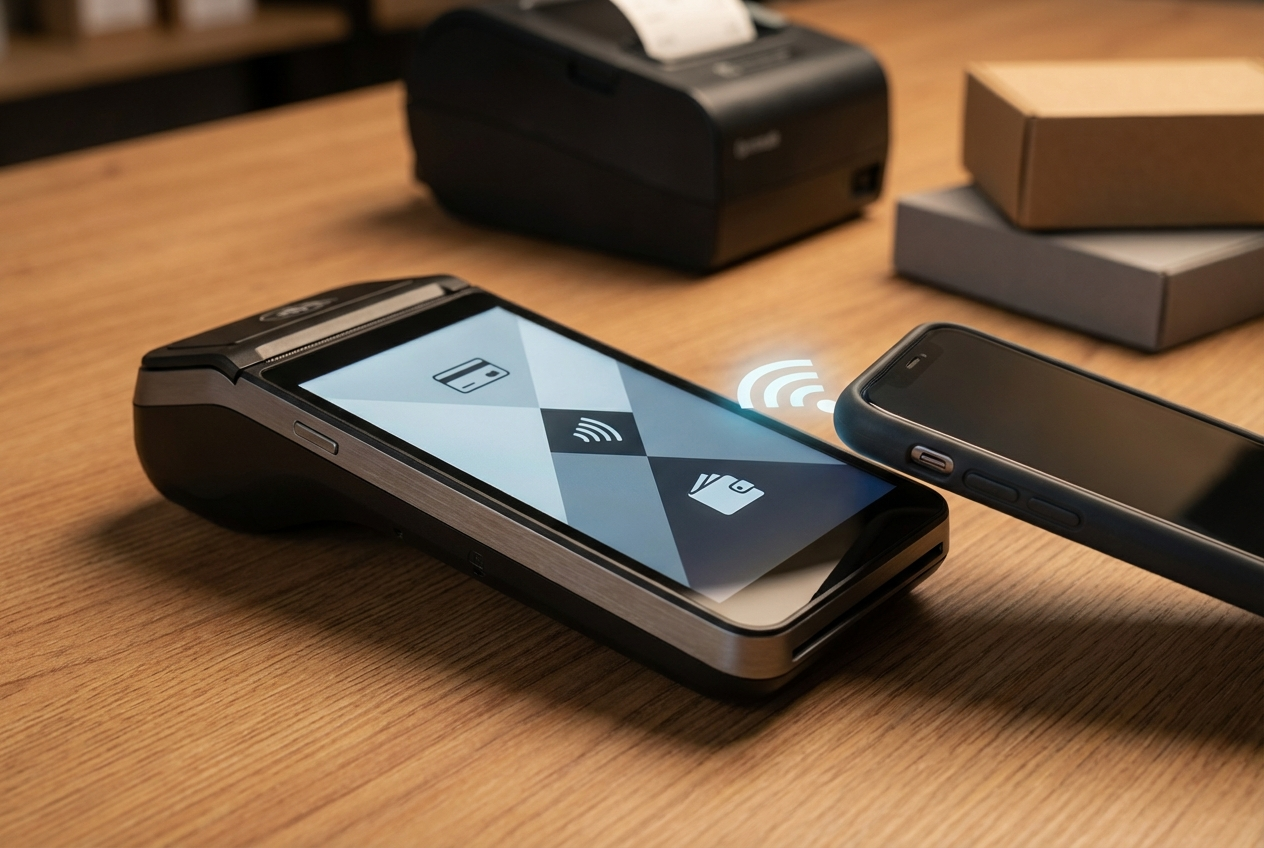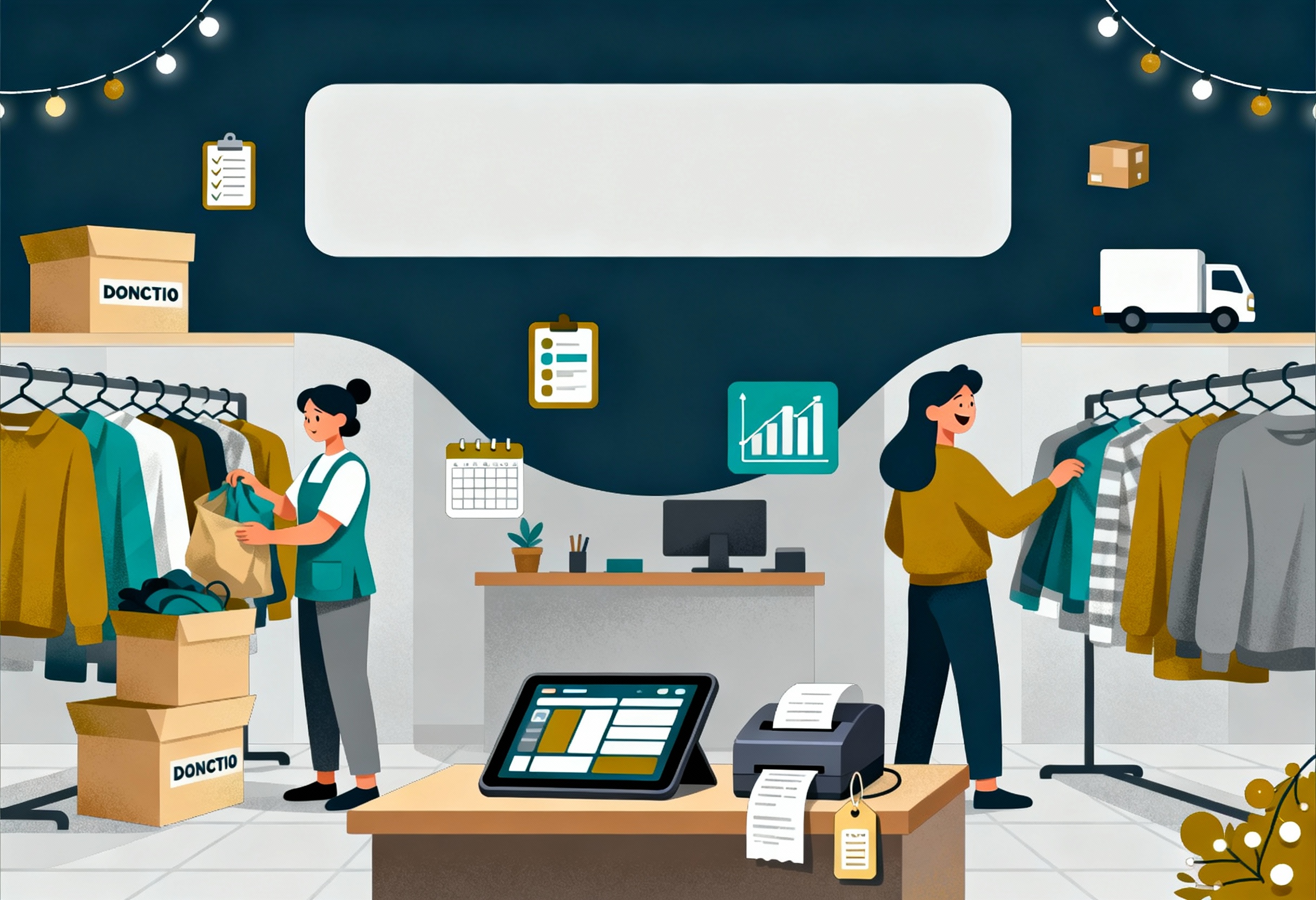In today’s fast-paced retail landscape, customers expect a seamless experience across every touchpoint — from online stores and mobile apps to physical outlets. Retailers who fail to deliver a consistent omnichannel experience risk losing engagement, loyalty, and revenue.
Omnichannel strategies are no longer optional; they are critical for driving customer satisfaction and business growth. Understanding the latest data and trends can help retailers make smarter decisions, optimize their operations, and provide the personalized experiences that modern consumers demand.
In this article, we’ve compiled 20+ powerful statistics about the impact of omnichannel retail — insights that might surprise you and could transform the way you approach your business strategy.
What is omnichannel?
Omnichannel is a customer-centric strategy that provides a unified and consistent customer experience across all available channels, integrating physical stores, mobile apps, and websites to create a seamless interaction. The goal is to connect customer context and data across systems, allowing for personalized and convenient interactions that build brand loyalty and increase satisfaction.
Hubspot defines is is “the ability to deliver a seamless and consistent experience across channels while factoring in the different devices that consumers are using to interact with your business.”
While Google defines it as: “ensuring [retailer] marketing strategies are geared toward enabling customers to convert on any channel.”
In short, Omnichannel is a cross-channel strategy that the brands can adopt to create a seamless shopping experience as well as drive a better customer relationship no matter how or what channel the customer reaches out.
20+ Essential statistics about the omnichannel and its trends
Your customers need it!
- Among 46,000 shoppers surveyed, 73% use multiple channels during their shopping journey. (Source: Harvard Business Review)
- 90% of internet users have a poor experience when looking for customer support on mobile devices. (Source: Software advice)
- 98% of Americans switch between devices on the same day. (Source: Google Research)
- 87% of customers expect brands should focus more on creating a seamless experience. (Source: Zendesk)
- 71% of in-store customers who use smartphones to research during their shopping journey say their device plays a more important role in their in-store experience. (Source: Google)
- 82% of shoppers report they consult their smartphones when shopping in-store. (Source: Google)
- 50% of customers expect that they can make a purchase online and pick up in-store. (Source: Forrester)
- 56% of shoppers say they use their phone to research products at home before going to any store when 34% is the percentage who research while in a store. (Source: Forrester)
Your competitor is doing it!
- 75% of retailers agree that omnichannel is an important part of their business strategy. (Source: eTail West)
- 42% of brands spent 26-50% of their marketing budget on omnichannel strategy. (Source: Iterable)
- 51% of firms use at least eight channels to interact with their customers. (Source: Aberdeen Group)
- 87% of retailers consider an omnichannel marketing strategy is critical or very important to their success. (Source: Brightpearl)
It’s still your opportunity!
►►► Optimal solution set for businesses: Multi store POS, Next-gen POS, Inventory Management Software (MSI), Self Service, Automation, Backorders
- 55% of companies admit they have no cross-channel marketing strategy yet. (Source: The CMO Club)
- From 100 German, 70% Austrian and Swiss decision-makers rate an omnichannel strategy as insufficient, while 80% have no initiatives to create a better shopping journey for their customers. (Source: Roland Berger)
- 71% of shoppers rate the ability to view inventory information for in-store products as important or very important. (Source: Forrester)
- 78% of holiday shoppers who visited a store turned to online search before going into a store (Source: Google)
- Omnichannel consumers achieve a 30% higher lifetime value than those who only use one channel. (Source: Google)
- Businesses with omnichannel strategies have a 91% greater year-over-year customer retention rates than those businesses that don’t. (Source: Aspect Software)
- Adapt a strong omnichannel customer engagement gives the business a 9.5% year-over-year increase in annual revenue, compared to 3.4% with weak omnichannel companies. (Source: Aberdeen Group)
- Shoppers who interact with customer-generated content such as online reviews, opinions, etc are 97% more likely to convert with a retailer than those who do not (Source: Business Insider)
- The rate of customer satisfaction is 23x higher for companies with omnichannel strategies (Source: MarTech Advisor)
- Strong omnichannel companies achieve a 7.5% year-over-year decrease in cost per contact, compared to a 0.2% year-over-year decrease for weak companies (Source: Aberdeen Group)
If you want to get more advantages by combining the online and offline channels to create a seamless shopping journey, don’t hesitate to check out this leading omnichannel solution for retail.
Final Thoughts
The statistics speak for themselves: businesses that embrace an omnichannel strategy not only meet customer expectations but also drive higher engagement, loyalty, and revenue. From seamless online-to-offline experiences to personalized interactions, the power of omnichannel is transforming the way retailers connect with their audience.
Whether you’re a small retailer or a large enterprise, understanding these insights can help you make smarter decisions, optimize your customer journey, and stay ahead of the competition.
In today’s competitive market, adopting an omnichannel approach is no longer optional — it’s essential for long-term growth and success.
►►► Optimal solution set for businesses: Shopify POS, Magento POS, BigCommerce POS, WooCommerce POS, NetSuite POS, E-Commerce POS



